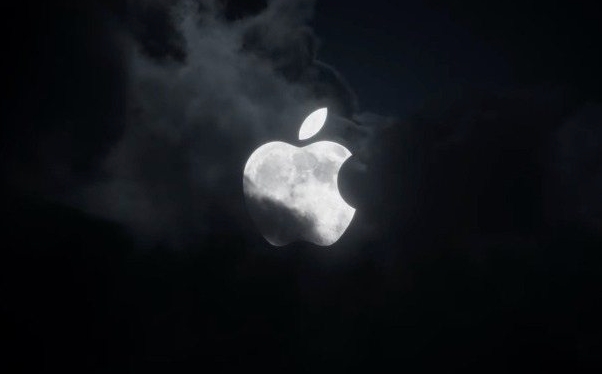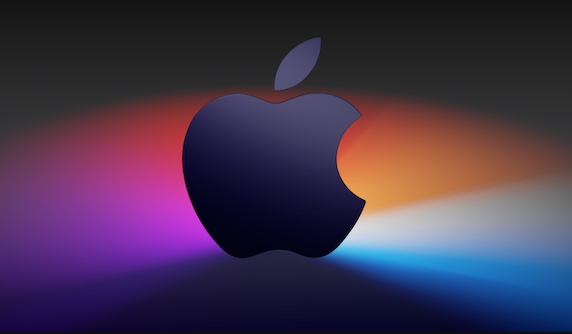To use iCloud Drive on your Mac, first enable it via System Settings → Apple ID → iCloud → toggle on iCloud Drive. 2. Access iCloud Drive through Finder under Locations, where you can drag and drop files, create folders, and edit documents that automatically sync across devices. 3. Optionally, enable Desktop & Documents Folder syncing in iCloud Drive settings to keep those folders backed up in the cloud. 4. Manage storage by using Optimize Mac Storage, removing downloads, or deleting files via iCloud.com. 5. Share files or folders by right-clicking and selecting Share with adjustable permissions. Once set up, iCloud Drive syncs files automatically across all Apple devices signed in with the same Apple ID.

Using iCloud Drive on your Mac is a simple way to keep your files synced across all your Apple devices. Here’s how to set it up and make the most of it.

Enable iCloud Drive on Mac
First, make sure iCloud Drive is turned on:
- Click the Apple menu (?) in the top-left corner and select System Settings (or System Preferences on older macOS versions).
- Click your Apple ID (your name at the top) → iCloud.
- Toggle on iCloud Drive.
Once enabled, your files in iCloud Drive will automatically sync to your Mac and be accessible from your iPhone, iPad, or any device signed in with the same Apple ID.

Access and Use iCloud Drive
You can access iCloud Drive just like any folder on your Mac:
- Open Finder.
- In the sidebar, click iCloud Drive under "Locations."
- You’ll see all your iCloud files and folders here.
You can:

- Drag and drop files into iCloud Drive to upload them.
- Create new folders to organize your documents.
- Double-click a file to open it—changes save automatically to the cloud.
Tip: Right-click a file or folder in iCloud Drive and choose Remove Download to free up space. The file stays in the cloud and can be re-downloaded anytime.
Set Up Desktop & Documents Sync (Optional but Useful)
macOS lets you store your Desktop and Documents folders in iCloud, so they’re backed up and available everywhere:
- Go to System Settings → Apple ID → iCloud → iCloud Drive → Options.
- Turn on Desktop & Documents Folders.
- Click Done.
Now, everything on your desktop or in Documents syncs to iCloud. This is great for laptops you use in multiple places.
?? Note: If you have a lot of files, this may use a lot of iCloud storage. Check your available space in Apple ID → iCloud → iCloud Storage.
Manage Storage and Settings
If you’re running low on space:
- Visit iCloud.com to delete old files.
- Use Optimize Mac Storage (in iCloud Drive settings) to keep only frequently used files on your Mac and store the rest in the cloud.
You can also:
- Share files or folders with others by right-clicking → Share → Add People.
- Set permissions (view only or allow editing).
Basically, iCloud Drive works quietly in the background once set up—just save files there, and they’ll be ready on your other devices. No extra steps needed.
The above is the detailed content of How to use iCloud Drive on Mac. For more information, please follow other related articles on the PHP Chinese website!

Hot AI Tools

Undress AI Tool
Undress images for free

Undresser.AI Undress
AI-powered app for creating realistic nude photos

AI Clothes Remover
Online AI tool for removing clothes from photos.

Clothoff.io
AI clothes remover

Video Face Swap
Swap faces in any video effortlessly with our completely free AI face swap tool!

Hot Article

Hot Tools

Notepad++7.3.1
Easy-to-use and free code editor

SublimeText3 Chinese version
Chinese version, very easy to use

Zend Studio 13.0.1
Powerful PHP integrated development environment

Dreamweaver CS6
Visual web development tools

SublimeText3 Mac version
God-level code editing software (SublimeText3)
 How to Remove Old Devices from Apple ID on Mac
Jul 07, 2025 am 09:08 AM
How to Remove Old Devices from Apple ID on Mac
Jul 07, 2025 am 09:08 AM
If you've owned multiple Apple devices over the years, you might find yourself in a situation where some of those older Macs, iPhones, iPads, or other Apple hardware have been sold, given away, or traded. No matter how they left your possession, it's
 How to Play Fortnite on Mac with FnMacAssistant & Sideloadly
Jul 05, 2025 am 09:21 AM
How to Play Fortnite on Mac with FnMacAssistant & Sideloadly
Jul 05, 2025 am 09:21 AM
Fortnite is once again available for iPhone and iPad users, bringing joy to many gamers. However, there's still no official version for Mac (at least not yet). Despite that, Apple Silicon Mac owners aren’t completely out of luck—you can run the iOS/i
 How to Enable iCloud Private Relay on Mac
Jul 05, 2025 am 09:36 AM
How to Enable iCloud Private Relay on Mac
Jul 05, 2025 am 09:36 AM
iCloud Private Relay is an excellent privacy feature included with the iCloud subscription, designed to safeguard your online activity and browsing by masking your IP address (using a temporary one) and encrypting DNS lookups. This prevents third pa
 How to Make MacOS Sequoia Feel Faster: Tips to Speed Up Slow MacOS
Jul 05, 2025 am 09:28 AM
How to Make MacOS Sequoia Feel Faster: Tips to Speed Up Slow MacOS
Jul 05, 2025 am 09:28 AM
macOS Sequoia is a solid operating system that brings some impressive features like iPhone Mirroring, and while performance is excellent for many users, not everyone experiences the same level of speed. If you're finding macOS Sequoia slower than pre
 How to See All Links Shared in Messages on iPhone & iPad
Jul 05, 2025 am 09:31 AM
How to See All Links Shared in Messages on iPhone & iPad
Jul 05, 2025 am 09:31 AM
If you frequently use iMessage, then you've likely shared numerous web links in your chats — maybe an article, a video, a tweet, a song, or anything else. Locating these links later can be quite frustrating, but thankfully there's a simpler method th
 Create a MacOS Tahoe 26 Beta VM with Three Commands in Terminal Using tart
Jul 06, 2025 am 09:28 AM
Create a MacOS Tahoe 26 Beta VM with Three Commands in Terminal Using tart
Jul 06, 2025 am 09:28 AM
Advanced Mac users familiar with the command line can swiftly set up a MacOS Tahoe 26 beta virtual machine by entering a few commands into Terminal, using tart. Tart is a command-line utility for managing virtual machines and offers one of the quicke
 WindowServer Quit Unexpectedly: How to Fix It on Mac Air/Pro?
Jul 05, 2025 am 09:17 AM
WindowServer Quit Unexpectedly: How to Fix It on Mac Air/Pro?
Jul 05, 2025 am 09:17 AM
What is WindowServer and why is it importantWindowServer is a core macOS process that manages how apps and windows appear on screen. It handles GUI rendering, controls internal and external displays, and enables all vis
 iOS 15.3 Beta 2 & iPadOS 15.3 Beta 2 Released for Testing
Jul 06, 2025 am 09:25 AM
iOS 15.3 Beta 2 & iPadOS 15.3 Beta 2 Released for Testing
Jul 06, 2025 am 09:25 AM
While Apple has just made iOS 15.2.1 and iPadOS 15.2.1 available to all users, they have also rolled out the second beta of iOS 15.3 and iPadOS 15.3 for those participating in Apple's beta testing programs for mobile operating systems.In addition, ne






